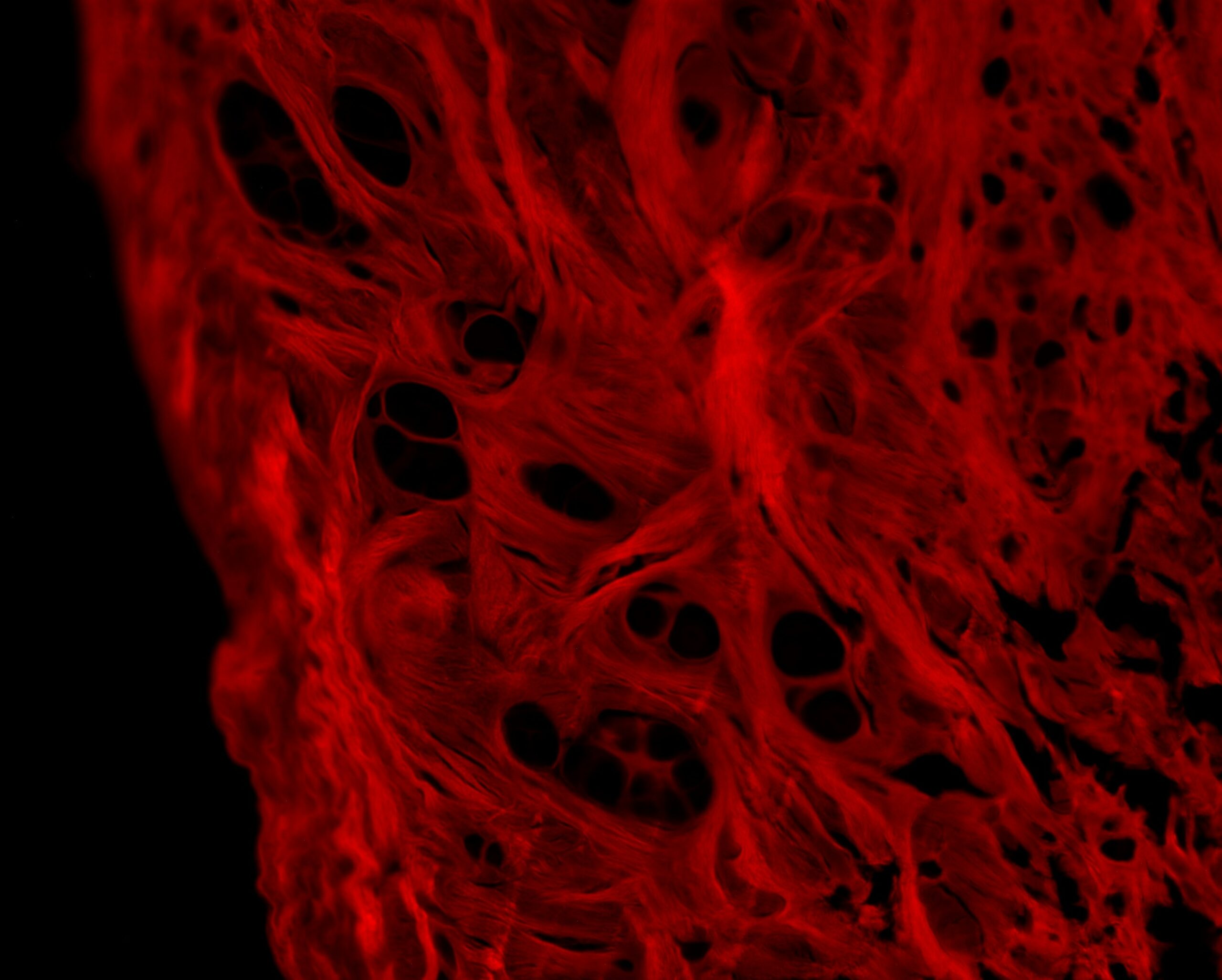The Evolution of Brain Research
The journey of brain research has evolved significantly over centuries, encompassing a range of theories and discoveries that have shaped our understanding of the brain’s intricate structure and pivotal functions. Early philosophers and physicians, such as Hippocrates and Galen, laid the groundwork by speculating about the roles of different brain regions. Hippocrates proposed that the brain was the seat of intelligence, a notion that contrasted with earlier beliefs attributing mental faculties to the heart. However, it wasn’t until the 19th century that a more scientific approach began to take shape.
A critical milestone in brain research is the discovery of neuroplasticity, which challenged the long-held belief that the brain’s structure remained static throughout life. Pioneering studies in the mid-20th century revealed that the brain is capable of reorganizing itself by forming new neural connections in response to experiences. This revelation not only transformed how we understand learning and memory but also has implications for treatment strategies in neurological rehabilitation.
The advent of neuroimaging technologies, such as functional magnetic resonance imaging (fMRI) and positron emission tomography (PET), revolutionized brain research by enabling scientists to visualize brain activity in real time. These tools have facilitated a deeper understanding of the biological correlates of intelligence and consciousness, allowing researchers to study the neural basis of cognitive functions and behaviors in ways that were previously impossible.
Noteworthy figures in neuroscience, such as Santiago Ramón y Cajal, whose pioneering work on neuron structure earned him the Nobel Prize, and more recent researchers like Nancy Kanwisher, who explores specialized brain regions for face and object recognition, have significantly influenced contemporary research paradigms. Their contributions have helped disentangle the complex relationship between brain activity and cognitive processes, paving the way for future advancements in understanding intelligence and consciousness. Through time, the collective efforts in brain research have not only altered scientific thought but also challenged societal perceptions of human capabilities.
Neuroplasticity: The Key to Intelligence
Neuroplasticity refers to the brain’s remarkable ability to reorganize itself by forming new neural connections throughout life. This dynamic capacity allows the brain to adapt in response to learning, experiences, and changes in the environment, fundamentally reshaping our understanding of intelligence. Traditionally, intelligence has been viewed as a static trait, but neuroplasticity challenges this notion, highlighting that cognitive abilities are not fixed but can be enhanced through continuous learning and development.
Recent studies have illuminated the profound impact of neuroplasticity on cognitive function. For example, research has shown that engaging in mentally stimulating activities, such as learning a new language or playing musical instruments, can lead to structural changes in the brain. These activities promote the growth of dendritic connections and can even increase the volume of specific brain regions associated with memory and problem-solving. This adaptability underscores the significance of neuroplasticity in cultivating intelligence, allowing individuals to expand their cognitive abilities over time.
The implications of neuroplasticity extend beyond individual learning experiences; they also support the development of a growth mindset. This concept, popularized by psychologist Carol Dweck, suggests that individuals who believe their intelligence can be developed through effort and perseverance are more likely to achieve high levels of success. By embracing the principles of neuroplasticity, learners of all ages can challenge preconceived notions about their intellectual limitations, fostering resilience and a lifelong commitment to education.
As we advance our understanding of the brain’s adaptability, it becomes increasingly clear that intelligence is not solely a product of hereditary factors. Rather, it is shaped by one’s experiences, environment, and willingness to learn. The concept of neuroplasticity presents an empowering narrative where personal growth is attainable through intentional practices, ultimately redefining how we measure and comprehend intelligence.
Consciousness: The Great Puzzle of the Brain
The quest to unravel the mysteries of consciousness represents one of the most formidable challenges in neuroscience and philosophy. Recent advances in brain mapping technologies, such as functional magnetic resonance imaging (fMRI), have allowed researchers to identify neural correlates associated with conscious experience. These correlations provide critical insights into how subjective experiences emerge from intricate neural processes. Scientists have been able to observe how varying levels of consciousness correspond to activities in specific brain regions, shedding light on the interconnection between brain functions and awareness.
Various theories attempt to explain how consciousness arises. One prominent theory is the Global Workspace Theory (GWT), which posits that consciousness functions as a global information exchange network within the brain. According to GWT, the conscious mind acts to broadcast relevant information to different systems, facilitating higher cognitive functions such as decision-making and problem-solving. Another influential model is Integrated Information Theory (IIT), which suggests that consciousness correlates with the integration and differentiation of information within the brain. IIT posits that systems capable of generating high levels of integrated information are more likely to exhibit conscious experiences.
In addition to understanding the biology of consciousness, researchers are increasingly interested in the interplay between attention, awareness, and cognitive functions. Studies indicate that attention plays a pivotal role in shaping our conscious experience, influencing how information is processed and perceived. For instance, the capacity for selective attention can enhance certain stimuli while diminishing others, which directly affects our awareness and cognitive engagement with the environment.
The implications of these discoveries extend far beyond neuroscience. As artificial intelligence (AI) continues to evolve, questions surrounding self-awareness and identity arise. The distinction between human consciousness and potential AI consciousness raises profound philosophical inquiries, prompting a reevaluation of what it means to be aware and to possess identity. These explorations not only contribute to our understanding of human consciousness but also challenge our perceptions of machine intelligence as it pertains to the concept of a conscious self.
Practical Implications: Enhancing Intelligence and Consciousness
Recent discoveries in brain science hold significant promise for enhancing intelligence and consciousness, influencing various aspects of education, mental health, and overall well-being. One of the most exciting implications involves leveraging neuroplasticity—the brain’s remarkable ability to reorganize itself—which can be harnessed to improve learning outcomes. Innovative educational strategies are being developed that incorporate techniques such as spaced repetition, mindfulness, and multimodal learning environments. These approaches not only engage different cognitive pathways but also create a supportive atmosphere for learners to thrive, thereby fostering higher cognitive abilities.
In the realm of mental health, recent studies indicate that promoting cognitive flexibility—the capacity to adapt one’s thinking in response to changing circumstances—can lead to improved psychological outcomes. Interventions such as cognitive-behavioral therapy and mindfulness-based stress reduction are effective in enhancing neural pathways associated with flexibility. By improving cognitive resilience, individuals can navigate complex emotional landscapes, reducing anxiety and depression while augmenting overall mental health. As practitioners increasingly rely on these evidence-based methods, the potential to cultivate enhanced intelligence becomes a tangible goal.
Furthermore, lifestyle choices play a pivotal role in optimizing brain health. Nutritional science has illuminated the importance of diets rich in omega-3 fatty acids, antioxidants, and vitamins that support cognitive functions. Regular physical exercise is also critical, as it has been shown to stimulate neurogenesis—the creation of new neurons—ultimately enhancing mental acuity and consciousness. Integrating habits such as regular physical activity, balanced nutrition, and sufficient sleep can foster an environment conducive to cognitive development.
However, with these advancements come ethical considerations regarding the implications of manipulating intelligence and consciousness. As we delve deeper into the complexities of brain science, it becomes imperative to address how these findings could influence behavior, identity, and societal norms. Balancing progress with ethical responsibility will be crucial in ensuring that the benefits of enhanced intelligence and consciousness are equitably distributed across all sectors of society.


